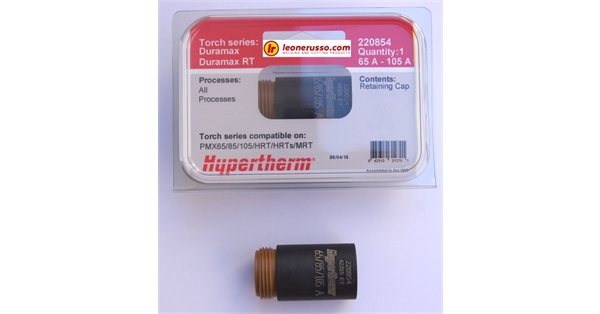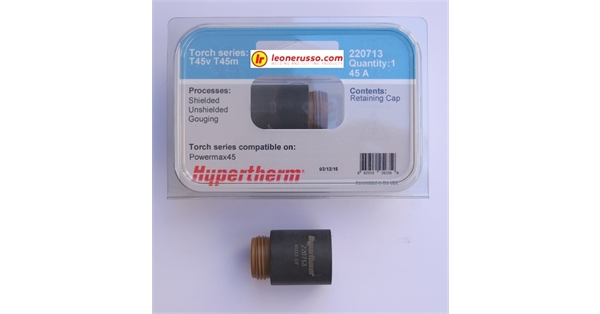
- #HYPERTERM FIRA CODE POWERLINE INSTALL#
- #HYPERTERM FIRA CODE POWERLINE CODE#
- #HYPERTERM FIRA CODE POWERLINE DOWNLOAD#
#HYPERTERM FIRA CODE POWERLINE CODE#
Then you can open the file in your code editor and change the colors as you please. So open /Users//.zshrc in your code editor, and add the following line: source $(dirname $(gem which colorls))/tab_complete.shĪnd Color LS is ready for use! Now we can customize colors by modifying the default dark_colors.yaml file.įirst copy the dark_colors.yaml files from $(dirname $(gem which colorls))/yaml into ~/.config/colorls using the following commands: $ cd ~/.config/ $ mkdir colorls $ cd colorls $ cp $(dirname $(gem which colorls))/yaml/dark_colors.yaml ~/.config/colorls/dark_colors.yaml Enable tab completion for flags by entering the following line to your.
#HYPERTERM FIRA CODE POWERLINE INSTALL#
Install the colorls Ruby gem with: gem install colorlsĤ. NOTE: At this point, if the icons aren’t showing before you go look inside the depths of StackOverflow, make sure you actually added the “FiraCode Nerd Font” font first in the font-family list of your. Install the patched fonts of the Powerline Nerd font and/or Font Awesome, which we already did at the font section earlier (the one where we installed “FiraCode Nerd Font”. To install it, we just follow the instructions described here:Ģ. We’ve arrived at my favorite part of all: Using Color LS, you’ll add colors and pretty icons to your files and folders when you list then in your command line using the ls command.

Note: If you don’t get the spaceship prompt using npm, try other installations - I went with the Oh My Zsh option once, and it worked like a charm (while for some wild reason I was struggling to make it work with npm). You need to reload your terminal after this. You have several installation options, including npm: npm install -g spaceship-promptĪs indicated on the Spaceship prompt doc, this command should link spaceship.zsh as prompt_spaceship_setup to your $fpath and set the prompt spaceship in.


First, install it: hyper i hyper-font-ligatures To enable them, we need the hyper-font-ligatures plugin. Geoffrey Dorne defines the concept very clearly here, and you can find visual examples here. Now that we have a great font, we want to enable ligatures, which is a big word to represent two characters associated with another to form a new single character. Make sure you have those single quotes surround your whole list of fonts otherwise, it won’t work. Notice the list of fonts is set between single quotes, so you can add fonts with a several-word name surrounded with double quotes. hyper.js file should now have those set up like this: module.exports = Īlso, be careful here.
#HYPERTERM FIRA CODE POWERLINE DOWNLOAD#
This is a great-looking nerd font that you can download here (or choose another from all the ones available on this site) which comes with cool icons for file and folder names. We’ll also install our own font by setting the font-family to “FiraCode Nerd Font”. Let’s make a few changes, like setting the font size to 13 and the line-height to 1.2 (if they’re not already set this way). So I thought I’d make an article in this spirit of keeping it simple for everyone.Īt the end of this article you, too, will look for any reason to hit the command line, so let’s begin! I always found those articles were going far too deep in technical twists while all I wanted was to make my terminal more friendly to use quickly. I customized mine referencing several different articles on the web, docs, and troubleshooting forums. But we spend a significant amount of time in there, so we’d better make it enjoyable to be as productive as we can.Īnd as you probably spent a significant amount of time customizing your code editor - choosing the best font, installing the Material Icon theme to have great-looking files and folders, and choosing the best extensions out there - well, there’s no reason not to give your terminal a little makeover, too.

If you’re here, chances are you’re not a big fan of your terminal, and entering commands is probably on your painful-moments list as a developer.


 0 kommentar(er)
0 kommentar(er)
